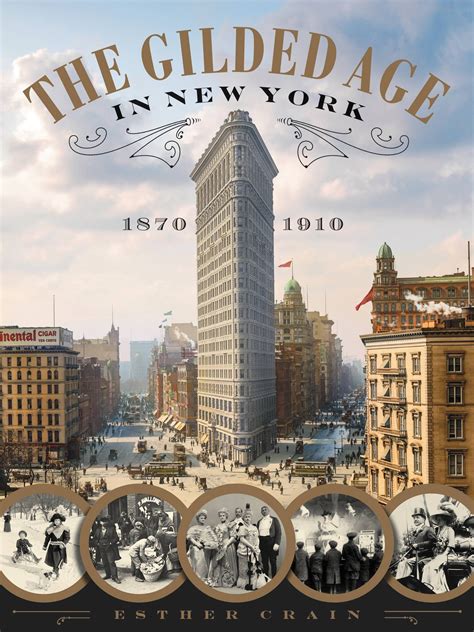This post has been read 2097 times!
 December 25, 2024- by Steven Greer
December 25, 2024- by Steven Greer
I asked @grok to explain why the economy did so well after the Civil War in the Gilded Age. A lot of these reasons are similar to what we will be seeing under Trump. Note the use of tariffs, unequal distribution of wealth, etc. were similar then as to now.
This was when the U.S. let in millions if immigrants who were treated very poorly. Today, mass immigration is taking place. Today’s illegal aliens are paid low wages and the children are trafficked.
Also, very importantly, there were no federal or state income taxes back then. That allowed massive reinvestment. Well, guess what. Trump is going to possibly remove income tax.
“The economy of the United States during the Gilded Age, roughly from 1870 to 1890, experienced significant growth due to several key factors:
– **Industrial Expansion**: There was a massive expansion in industries like steel, railroads, and oil. Innovations in steel production, particularly the Bessemer process, allowed for cheaper and quicker steel production, which was essential for infrastructure like railroads and skyscrapers.
– **Railroad Development**: The completion of the First Transcontinental Railroad in 1869 and the subsequent growth of railroad networks facilitated the movement of goods and people across the country, opening up new markets and reducing transportation costs.
– **Technological Advances**: This period saw numerous technological innovations, including the telephone by Alexander Graham Bell, the light bulb by Thomas Edison, and many others, which spurred industrial growth.
– **Population Growth**: An increase in population due to both high birth rates and immigration provided a larger workforce and consumer base. The population boom supported industries by providing both labor and demand for goods.
– **Capital Accumulation**: Wealth from the Civil War, including from government contracts and the sale of war bonds, was reinvested into industry. Additionally, the Homestead Act of 1862 opened up land for settlement, further stimulating economic activity in agriculture.
– **Government Policies**: Policies like high tariffs protected American industries from foreign competition, while a laissez-faire approach to regulation allowed businesses to grow with fewer government restrictions. – **Financial Systems**: The establishment and growth of banks, investment houses, and stock markets provided the capital necessary for industrial expansion.
– **Natural Resources**: The U.S. was rich in natural resources like coal, iron, timber, and oil, which were essential for industrial growth.
However, this prosperity was not evenly distributed, leading to significant income inequality, labor unrest, and the creation of urban slums. The term “Gilded Age” itself, coined by Mark Twain and Charles Dudley Warner, suggests a veneer of gold over underlying social issues. While these factors contributed to economic growth, they also led to monopolistic practices, environmental degradation, and social strife, aspects that are crucial to understanding the full context of this period.”
